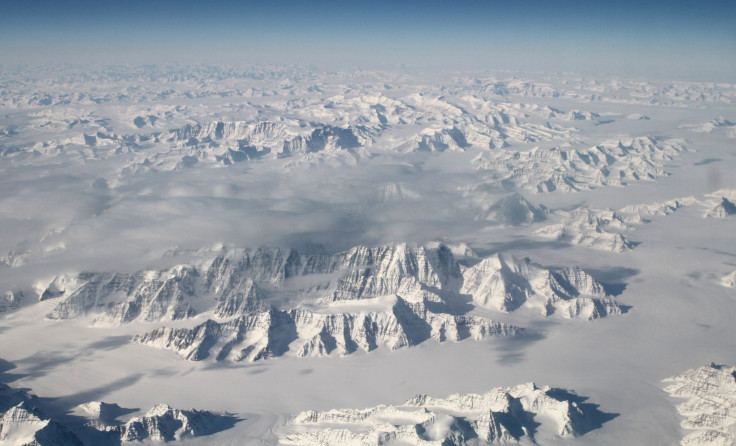‘Greenland is being eaten away’; Australian scientist alarmed over early melt of Greenland’s massive ice sheets

Scientists have been constantly point at the possible disasters that await earth due to warming planet. Australia’s Great Barrier Reef has already turned white due to massive coral bleaching. Temperatures are about to soar this year like never before, and now scientists are stunned by the fact that Greenland’s giant ice sheets are melting way too fast, at least a month earlier than expected.
Greenland hosts world’s second-largest ice reserve. It has enough water to lift average sea levels about seven metres if it all melted. Scientists at the Danish Meteorological Institute were so baffled by the melt that they had to check their models to ascertain if the data being provided was wrong. Unfortunately, there was no problem with the models, which means Greenland is melting rapidly and it’s true.
More than 12 percent of Greenland’s ice sheets have melted and that is an alarming figure. The cause of this has been attributed to warm air passing through Greenland from south-west. Weather stations, 1840 metres above sea-level, have reported temperatures of above 3 degrees Celsius. A resident of Nuuk, Greenland’s capital, expressed fear saying, “Everything is melting.” The heatwave is forcing the ice to melt twice as fast as rest of the world, The Sydney Morning Herald reports.
In terms of ice melt, Greenland is being called the big show as it is losing more ice than Antarctica and all small glaciers around the world combined. As ocean temperatures are steadily rising, it’s thawing Greenland glaciers in contact with surrounding areas. According to professor of Polar Geodesy and an ARC Future Fellow at the University of Tasmania, Matt King, the huge spike in melting is in complete agreement with the undue heating up of our atmosphere.
However, a study published in the journal Science Advances, states that the amount of precipitation over the central parts of the Greenland ice sheet has not increased even though temperature has increased in the last 10 years. Researchers, involved in the study, have discovered an important process that explains why there is no relation between Greenland ice sheets’ precipitation and temperature.
“If we look at the data from the last 11,000 years, where we have had a warm interglacial period, we can see that the temperature and the amount of precipitation have not always followed each other,” said Hans Christian Steen-Larsen, a postdoc at the Centre for Ice and Climate at the Niels Bohr Institute at the University of Copenhagen, Phys.org reports.
The scientists have discovered an insulating layer of air forming near the surface of ice sheets during winters. This explains why ice sheets are melting rapidly near coastal areas but there is hardly any melt in the interiors. There has been no increase in the amount of precipitation even though the climate has warmed. This is possibly due to the insulating layer that insulates the ice sheet from the atmosphere above thereby reducing precipitation and evaporation.





















